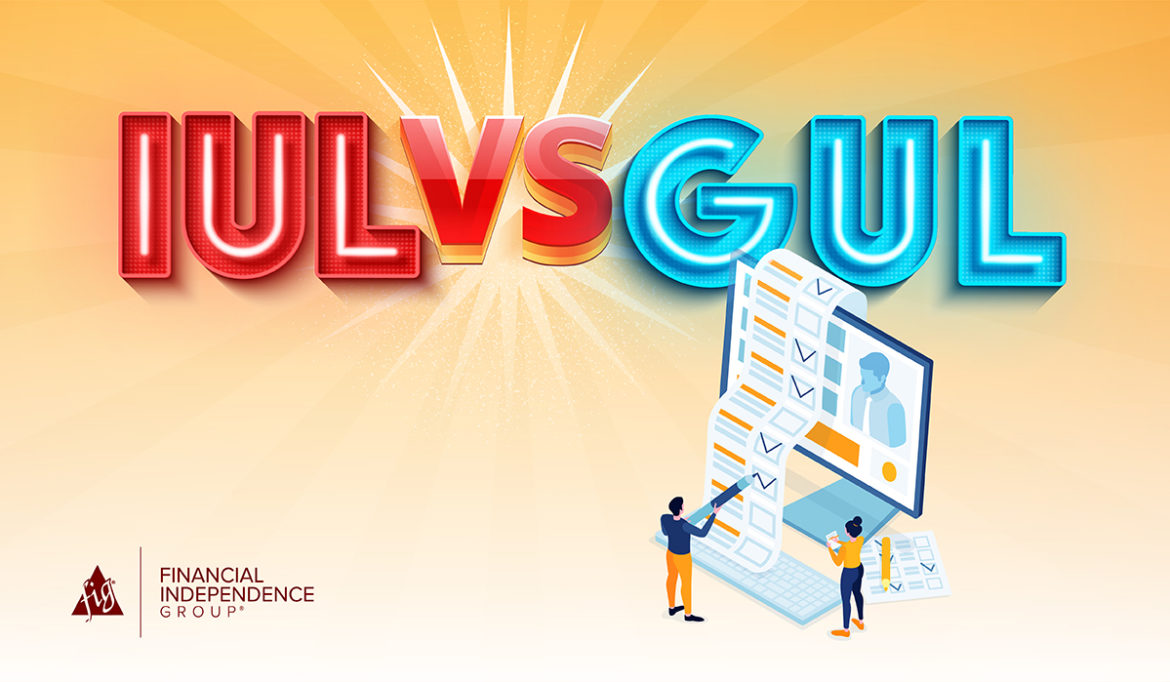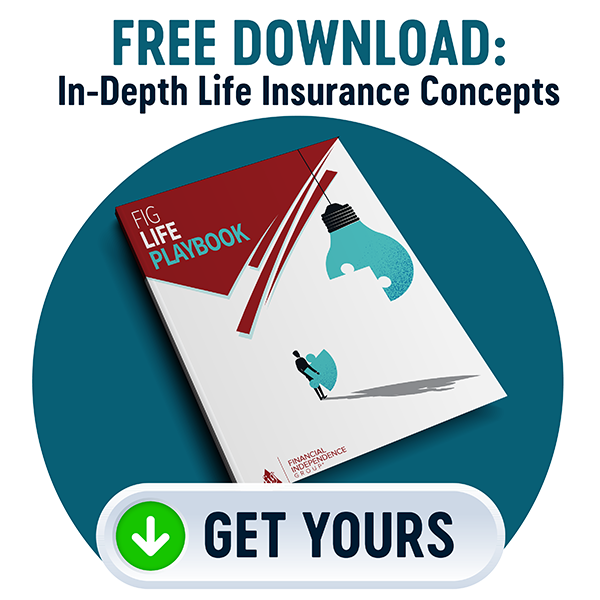Updated September 6, 2023, at 11:38 AM
Years ago, I wrote an article sharing my take on the state of guaranteed universal life (GUL) products and how they stack up against IUL products. At the time, it was the classic “GUL vs. IUL” debate.
Back then, carriers were slowly shifting gears from these tried and true “permanent term” plans into more flexible, protection-based IUL products. These new products promised comparable premiums, conservative cash value growth, and guarantees to life expectancy.
Protection IUL vs. Traditional GUL
In 2016, carriers like Protective Life and Global Atlantic were touting this design as unique and different. At the time, that was entirely true. But soon enough, more and more carriers were offering a similar product until every major player had an offering in the space. Some created an entirely new IUL product to add to their portfolio. Others managed to add a rider or benefit to their existing product to accomplish the same effect.
Flash forward to 2021, and the protection IUL has supplanted much of the traditional GUL business that was being written five years ago. Carriers seem to be encouraging this, with several offering the same guarantees in their IUL product that they do in their GUL. On top of that, several key players have stopped offering GUL policies altogether. We’ve been slowly watching the decline of a decades-old industry staple.
But is that a bad thing? I don’t think so.
Related: Finding the Right Indexed Universal Life Insurance Policy
Flexibility of IUL and GUL Policies
At its core, universal life insurance was designed to provide more flexibility than the rigid structure of a whole life contract. GUL policies fly in the face of this. Because GUL contracts rely on shadow accounts for their calculations, a missed premium can be catastrophic to the plan.
While universal life has a cash-value account, GUL is designed to exist with a $0 account balance. A missed premium doesn’t have a safety net to catch it. Instead, the carrier reduces the guarantee duration to account for any mistake.
It turns out that GUL is only guaranteed if you follow a very rigid structure for the life of the policy. Which for many people, is a commitment of 40 years or more. A client may remember to pay their premiums on time now when they’re 55, but it gets trickier when they’re 95. Plenty can change in 40 years. Most people need more flexibility than a GUL can offer, making protection IUL an attractive choice.
Related: A Look at IUL Fees, Costs, and Illustration Manipulation

Product Evolution Affecting IULs and GULs
As carriers began to refine these products, we start to see protection IULs beat GULs on premium as well. If you can buy the same death benefit and the same guarantees for a cheaper premium, why wouldn’t you? On top of that, you get a cash account tied to an index allowing for realistic cash growth.
Sure, it may not compete with an over-funded, accumulation-oriented product, but that isn’t what we’re trying to accomplish. The cash in that policy is going to act as the safety net that isn’t possible with a GUL.
Missed premiums are never a good thing, but if a client has cash in their account to cover policy costs, then you can rest easy knowing that your guarantees won’t evaporate overnight.
Final Point of the IUL vs. GUL Debate
The odds are stacking up against guaranteed universal life. Five years ago, I shared where I thought the industry would go with death-benefit-focused life insurance products. And for the moment, it looks like my predictions are coming true.
Sure, there are still plenty of improvements we can make in the space, but it feels like we’re going in the right direction.
It might mean the death of the GUL, but you won’t catch me crying over it.
Keep Reading: IUL vs. Whole Life Insurance: What are the Differences?
The content within this presentation is for educational purposes only and does not represent legal, tax or investment advice. Customers should consult a legal or tax professional regarding their own situation. This presentation is not an offer to purchase, sell, replace, or exchange any financial product. Insurance products and any related guarantees, features and/or benefits are backed by the claims paying ability of an insurance company. Insurance policy applications are vetted through an underwriting process set forth by the issuing insurance company. Some applications may not be accepted based upon adverse underwriting results.



